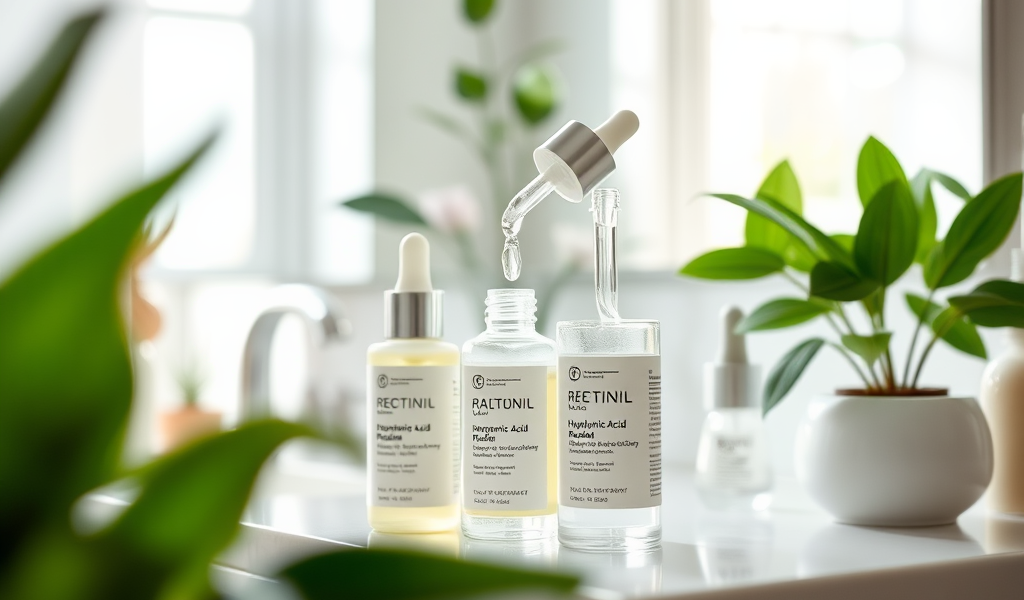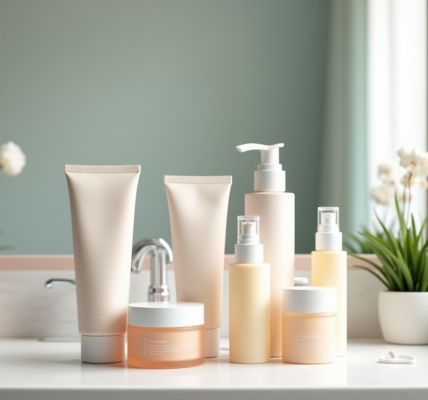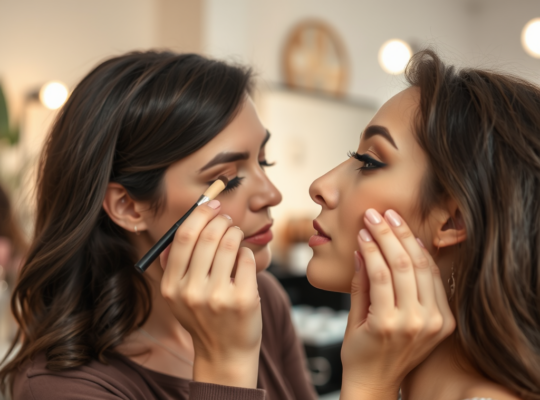In the world of skincare, ingredients often play a pivotal role in determining the effectiveness of your regimen. Among them, hyaluronic acid and retinol stand out as two potent allies that can significantly transform your skin health. Many skincare enthusiasts are curious—can these two powerhouses coexist in a single routine? This article dives deep into the science behind both ingredients, exploring their individual benefits, the advantages and drawbacks of using them together, and practical tips on application. Whether you are looking to hydrate, combat aging, or tackle specific skin concerns, understanding this combination can help you curate a more effective skincare routine.
Understanding Hyaluronic Acid
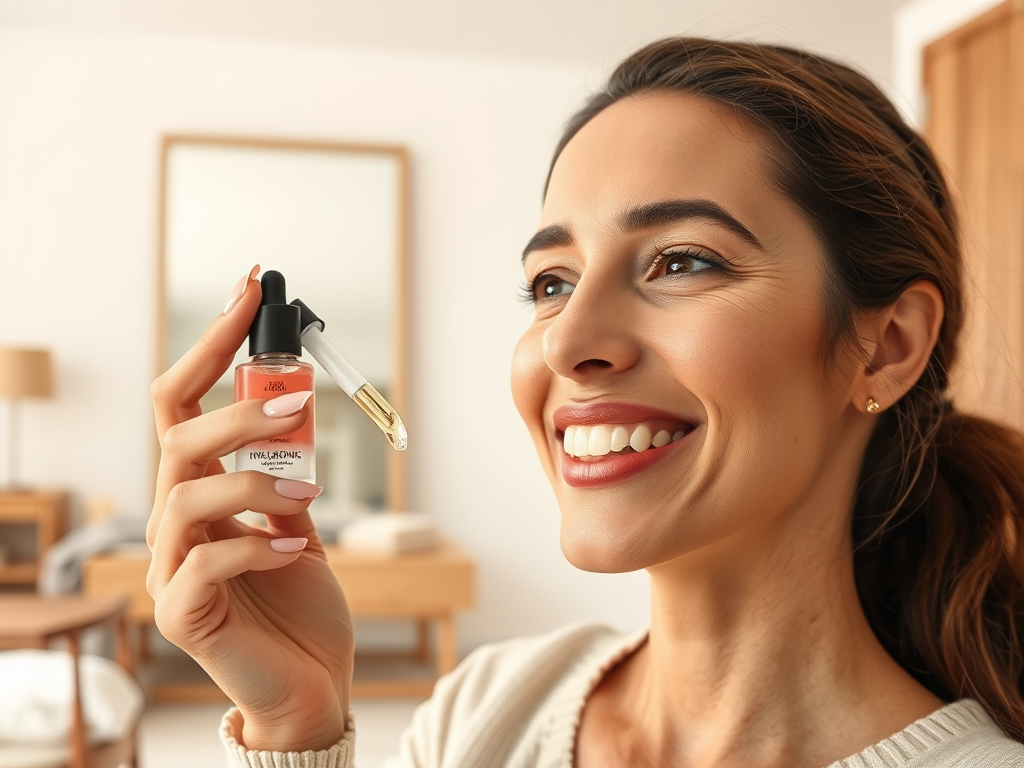
Hyaluronic acid is a naturally occurring substance in the body, celebrated for its remarkable ability to retain moisture. This compound acts as a superb humectant, drawing water from the environment and delivering it directly to your skin. This intense hydration not only plumps up dry and dull skin but also enhances its elasticity and resilience. For those struggling with hydration-related issues, incorporating hyaluronic acid can be a game-changer.
Deep Hydration: Holds moisture to keep skin looking fresh and youthful.
Skin Barrier Protection: Aids in fortifying the skin’s natural defenses, reducing moisture loss.
Versatile for All Skin Types: Safe and effective for oily, dry, combination, and sensitive skin types.
Understanding Retinol
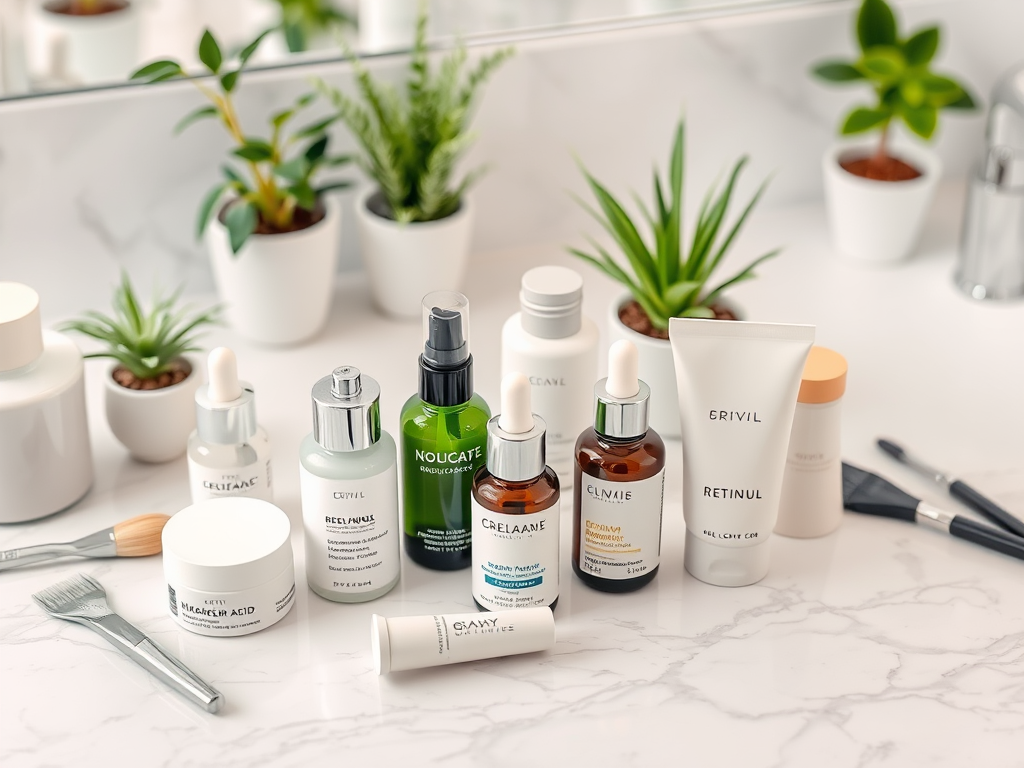
Renowned for its age-defying capabilities, retinol is a derivative of Vitamin A that promotes skin renewal and increases cell turnover. This powerful ingredient can significantly aid in reducing the appearance of fine lines, wrinkles, and acne, rendering it a holy grail for many. Regular use of retinol not only helps improve skin texture but also enhances overall radiance. However, its potency means that one must be cautious, especially when introducing it to a skincare regimen for the first time. Understanding how to balance retinol usage with other ingredients can be crucial for maximizing its benefits while minimizing irritation.
Anti-Aging Effects: Diminishes fine lines and wrinkles for a more youthful appearance.
Improves Skin Texture: Smooths rough patches and evens out skin tone.
Acne Treatment: Unclogs pores and prevents breakouts effectively.
Can You Use Hyaluronic Acid and Retinol Together?
Combining hyaluronic acid and retinol can optimize your skincare routine, allowing you to enjoy the benefits of both powerful ingredients. While retinol can often leave the skin feeling dry and sensitive, hyaluronic acid swoops in as the hydration hero. When used together, hyaluronic acid can help alleviate the adverse effects commonly associated with retinol, making it an excellent pairing for those concerned about irritation.
| Feature | Hyaluronic Acid | Retinol |
|---|---|---|
| Primary Function | Hydration | Anti-aging & acne treatment |
| Skin Types | All types | Typically dry/normal |
| Application Time | Morning & evening | Evening only |
| Potential Side Effects | Minimal | Irritation |
Advantages of Combining the Two
There are distinct advantages to using hyaluronic acid alongside retinol, which can greatly benefit those aiming for a comprehensive skincare strategy. By integrating hyaluronic acid, users can experience:
Enhanced Hydration with Retinol: The hydrating effects of hyaluronic acid counterbalance the dryness often caused by retinol.
Improved Tolerance: Reduces redness and irritation linked to retinol, allowing for more frequent use.
Layered Benefits: Addresses multiple concerns such as aging, dryness, and uneven texture effectively.
Potential Drawbacks
However, it is essential to consider that not every skin type may tolerate this combination seamlessly.
Skin Sensitivity: Some individuals might still experience irritation despite the hydrating effects.
Confusion with Application: Incorrect layering techniques can potentially dilute the effectiveness of retinol.
How to Use Hyaluronic Acid and Retinol Together
To reap the full benefits of both ingredients while minimizing the risk of side effects, follow these guidelines for application:
Start Slowly: If you’re new to retinol, begin with a low concentration and apply it 1-2 times a week to gauge your skin’s response.
Time of Application: Retinol is best applied in the evening, while hyaluronic acid can be beneficial both in the morning and night for continual hydration.
Layering Techniques: Apply retinol serum first to clean skin, allowing it to absorb, before following up with a layer of hyaluronic acid to seal in moisture.
Conclusion
The prospect of using hyaluronic acid and retinol together offers an effective means of addressing both hydration and anti-aging concerns in your skincare routine. Understanding the specific benefits and potential drawbacks of this combination is vital for tailoring your regimen to suit your skin type. With proper application and care, you can enjoy the myriad benefits these powerful ingredients have to provide.
Frequently Asked Questions
- Can I use hyaluronic acid and retinol daily? Yes, it is possible for many individuals to use them together daily, but it’s advisable to monitor your skin’s reaction before doing so.
- Is it safe for sensitive skin to use both ingredients? While hyaluronic acid is generally safe, retinol may cause irritation. Consulting with a skincare professional is recommended.
- Should I use hyaluronic acid in the morning or at night? You can use hyaluronic acid both in the morning and at night for optimal hydration and skin health.
- Can I use other active ingredients with retinol? Caution is advisable as combining multiple active ingredients may heighten irritation; consulting a dermatologist beforehand is ideal.
- How long does it take to see results with retinol? Most individuals can expect to see results within a timeline of 4-12 weeks, influenced by product concentration and skin type.
